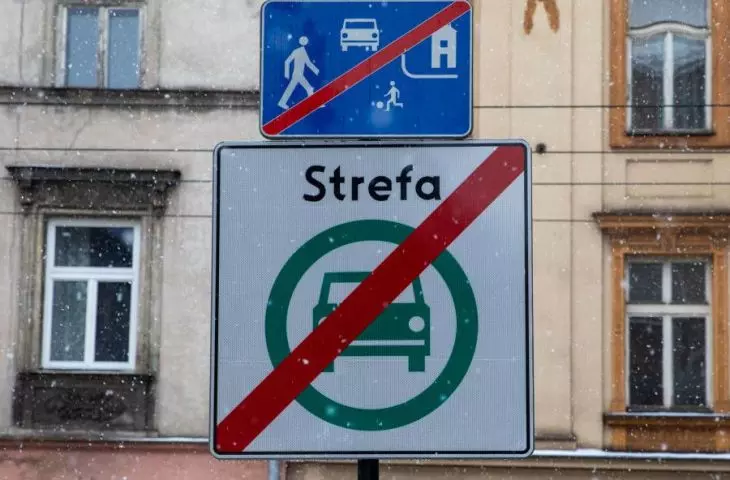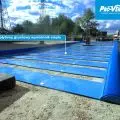It has happened! Krakow is introducing Poland's first Clean Transportation Zone. However, there is no discussion about this project - it is mainly accompanied by hellish moans and clamor. We briefly explain the regulations introduced.
We wrote about the start of work on the Clean Transportation Zone earlier this year. The introduction of such a solution, widely used in Europe, is intended to prevent, first of all, emissions of nitrogen oxides, but also PM10 and PM2.5, which we associate primarily with emissions resulting from outdated heating stoves. The solution, according to city institutions, was introduced after extensive municipal consultations. The first phase of the zone will be introduced on July 1, 2024.
We worked out a version together with residents, through consultations and taking into account the reported opinions of stakeholders, which was a compromise. This is the optimal solution," assures Łukasz Franek, director of the Public Transport Authority of Krakow.
What effects do the creators of the resolution anticipate? After the second stage of the Clean Transportation Zone comes into force, nitrogen oxide (NOx) emissions are expected to drop by half compared to 2019. Relief is to be breathed, ultimately, primarily by those living along busy roads.
There has been a lot of uncertainty surrounding the Clean Transportation Zone, with nationwide accusations of "anti-carism" and "zamordism." Most people, however, beyond hearing about the zone , have no idea when, what or how. We cite the most important provisions.
what does the resolution contain?
The resolution makers divided the implementation of the zone into two stages, as well as exceptions for them.
In the first stage, which will begin on July 1, 2024, the oldest cars - primarily those about to turn thirty and older - will not enter the city. In this stage, the period of car registration is important. Vehicles last registered before March 1, 2023 will be subject to lenient restrictions. Gasoline/LPG cars must meet Euro 1, while diesel cars will have to meet Euro 2. More difficult will be cars registered after March 1, 2023 - gasoline and LPG cars will have to meet Euro 3, and diesel cars will have to meet Euro 5.
The second stage, will be introduced two years later - on July 1, 2026. Gasoline cars that are more than 26 years old and diesels that are older than 16 years will not enter Krakow. For the remaining cars, the same standards must be met as for cars registered after March 1, 2023 in the first stage, i.e. Euro 3 for gasoline and LPG cars and Euro 5 for diesel cars.
The resolution provides for exceptions, ZTP Director Luke Franek said. Vehicles registered before March 1, 2023, owned and driven by people who are at least 70 years old no later than March 1, 2023, will not be subject to the zone's requirements. Exemptions will be made for people with disabilities, uniformed and emergency services, special vehicles like excavators or road clearing vehicles, but also food trucks.
Is the devil scary?
According to ZTP's analysis based on data from the Automotive Market Research Institute SAMAR, the first stage in two years will affect 2% of the cars that drove in Krakow in December 2021. The requirements of the second stage would not be met by about 100,000 registered cars. Is the devil as scary as they paint him? It would certainly be less scary if we took seriously the air pollution data we discussed with Insight Policy experts(see here: Smog is not as tangible as other problems. We talk about how, to reduce it).














